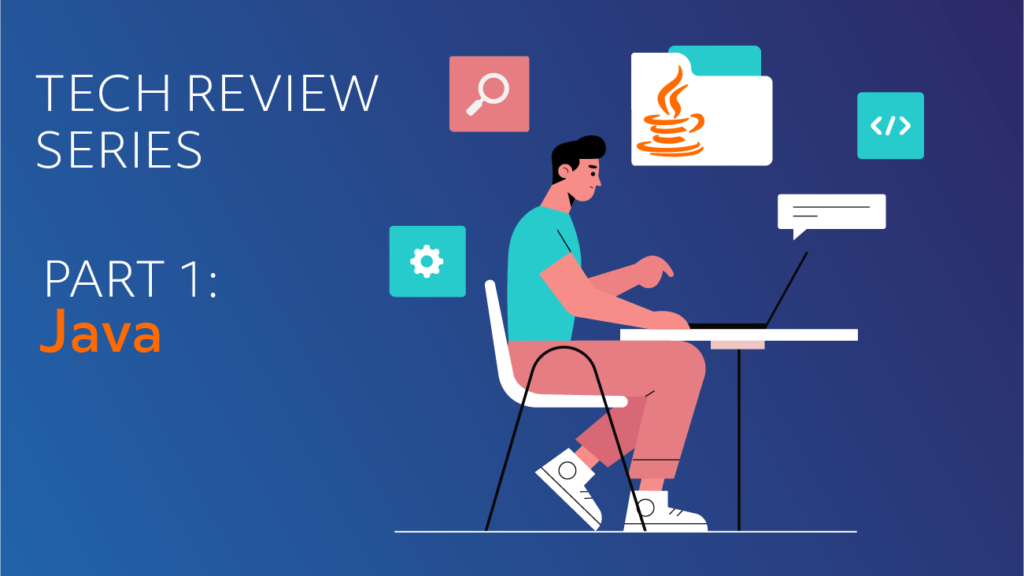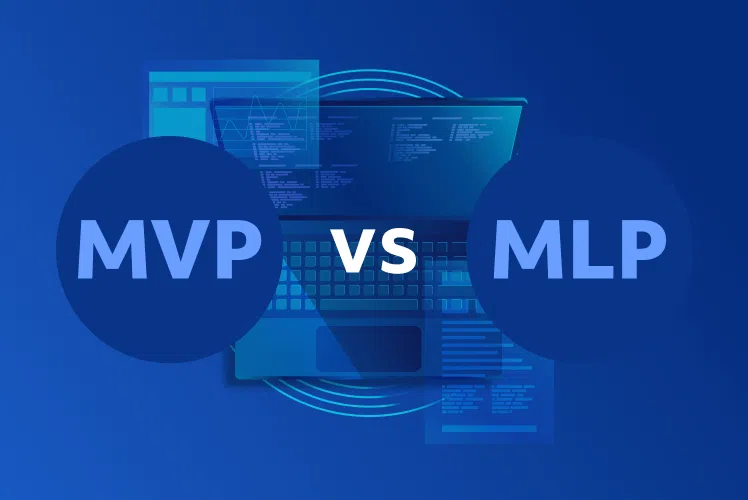Table of Contents
Java is one of the oldest and most popular languages out there. Being used for a great variety of applications, Java is loved by millions of developers worldwide and serves as a base for creating robust and high-performing software solutions.
In this article, we will explain what makes Java so popular and which solutions demand to be built with Java. We will also have a look at the pros and cons of this language in order to provide you with a better understanding of its merits and flaws.

Java: a brief history and the current state
The Java language project was first initiated in 1991 by James Gosling (known as “Dr. Java”), Patric Naughton, and Mike Sheridan. The main idea behind creating Java was to provide an alternative to C++ and C languages. Since Patrick Naughton grew disappointed with the existing C++ and C-based APIs and tools, he demanded an alternative in order to continue efficient work. This is how Sun Microsystems started its internal project on Java.
The first introduction of Java to the public happened in 1996 during the SunWorld conference. This is when the famous “Write Once, Run Anywhere” functionality was announced and since then, Java has been growing in popularity. The five main principles of Java back then were as following:
- Simplicity and familiarity
- Robustness and security
- Portability and ability to be architecture-neutral
- Execution with high performance
- Must be interpreted and threaded
As for today, Java is the second most popular language in the world according to the TIOBE Index for October 2020 and is used by such well-known brands as Uber, Airbnb, Netflix, and Slack. There were about 7.1 million Java developers worldwide in 2018 and the number was estimated to reach 7.9 million in 2019.
Right now there are 16 versions of Java (not to mention the JDK Beta) with Java 8 being the most popular and used version among them all. The reason for that is simple: Java 8 performs efficiently enough and is a Long-Term Support version. At the same time, the cost of migration to a newer version may be too high so this is the reason why so many developers prefer to still use Java 8.
Java overview: technology type
Java is an object-oriented programming language (OOP) with the following characteristics:
- Multithreaded
- Distributed
- Architecture neutral
- Class-based
- Dynamic
In Java, the source code is first written in text files that end in .java extension. These files are then compiled into .class files. Note that these .class files contain bytecodes which is the machine language of the JVM. The application is then run by the java launcher.
And remember about the “Write Once, Run Anywhere” approach? The main advantage of Java is possible due to JVM – let’s have a closer look at it.
Java Virtual Machine
One of the primary reasons why Java remains so relevant today is the presence of JVM and the fact that Java is basically a complete execution platform. With JVM, Java can run on any device needed and this is a big plus.
A Java Virtual Machine is basically an intermediary between Java and the machine. While Java is platform-independent, JVM is platform dependent. That means, in order for the machine (computer) to execute the application, it needs to have a JVM installed. The JVM will then “interpret” the native Java bytecode into the language that is understood by this specific machine.
The architecture of the JVM consists of three main components:
- Class Loader SubSystem
- Runtime Data Areas
- Execution Engine
And not only does JVM support Java but it also supports Kotlin, Groovy, and Scala, which is another benefit of deploying JVM.
Java Pros and Cons
Java remains so relevant because it has a set of impeccable features that make it stand aside from other languages. On the other hand, Java has certain flaws that should be taken into consideration in order to comprehend what this language is best used for and how.
Pros
Cons
The use of Java: most common cases
We’ve already mentioned that Java is a universal programming language used to code almost anything. Here are the most popular use cases.
AI and Machine Learning
First, there is AI and machine learning which remain among the hottest technology topics. And because Java is quite easy to learn, is scalable, and is object-oriented, it is highly suitable for coding the algorithms that serve as a base of AI applications. As well, Java is suitable for Machine Learning. An example would be Weka – a Machine Learning platform that’s written in Java and has a set of visualization tools and algorithms for data analysis and predictive modeling.
Big Data
Another popular field of work where Java is applied is Big Data. Though Python is believed to be the perfect Big Data language, in fact, Java may be even better. If you think about it, the commonly used Scala, Storm, Kafka, Spark, MapReduce, HDFS, Apache Beam are all part of the Java Virtual Machine ecosystem. As well, Java is among the most tested and reliable languages and it can run on any device and system – so versatility is a big advantage when it comes to Big Data projects.
Android mobile applications
Though Kotlin is becoming more and more popular these days, an astonishing number of mobile apps for Android are still written in Java. These apps are used in different industries, from finances to entertainment and gaming and this perfectly indicates how versatile and scalable Java is.
Web applications
Same as for mobile apps, Java is also frequently used for developing robust and reliable web applications. Java’s scalability, memory management, multi-threading, and huge community made Java a preferred programming language for many developers.
Now that we had a look at the Java use cases, it’s time to see its pros and cons and get a better understanding of what makes Java so preferred among the developers and what may be an obstacle.


Comments